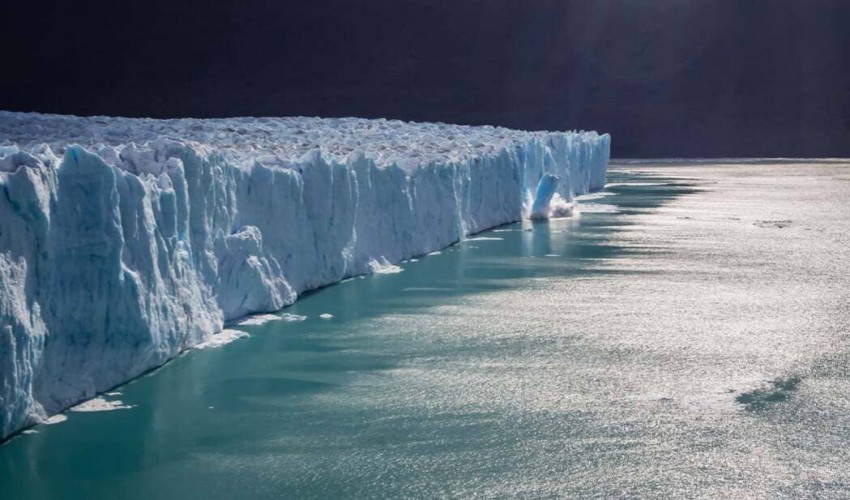Environment Science and technology
9
What happened to the iceberg that broke off Antarctica and was the size of the U.S. state of Delaware
- Rating
- icebergs
- antarctic
- ocean
- polar
It was expected for weeks, but finally, in July of 2017, a giant iceberg roughly the size of Delaware broke off from the Antarctic Peninsula (SN: 7/12/17). In the end, the lone iceberg A68 broke apart in the Southern Ocean, as seen by satellite imagery. Researchers believe they have finally figured out the complex interplay of factors that contributed to the separation.
Alex Huth, a polar scientist at Princeton University, and his colleagues used computer simulations of ocean currents and wind stress in conjunction with measurements of the iceberg's motion. The team presents its findings on October 19 in Science Advances. Iceberg A68a, the biggest remaining piece of the original berg, was trapped in a tug-of-war of ocean currents, and the tension of those opposing forces probably tore the iceberg apart.
Scientists wanted to know things like, "What kind of organisms survive on the bottom in the dark shadow of the ice after A68 broke off from the Larsen C ice shelf?" (SN: 2/8/19) after A68 broke off from the ice shelf. The iceberg itself sat still for almost to a year before finally beginning to move (SN: 7/23/18). Satellite photographs taken in December 2020 reveal that the berg had been significantly reduced in size, to around two-thirds of its former size.
The updated simulations provide clues as to what probably happened to A68a. The long, thin "finger" at the iceberg's one end drifted into a strong, fast-moving current on December 20, 2020. The remaining ice floes stayed on the edges of the flow. In just a few days, the stress rifted the berg, and the finger snapped off and splintered apart.
The team claims that shear stress is an unaccounted-for process in climate predictions for the disintegration of huge icebergs. Large amounts of frigid freshwater can be released to the Southern Ocean surface as bergs melt. When it happens, it may disrupt ocean currents and alter the climate on a worldwide scale.
CITATIONS
- A. Huth et al. Ocean currents break up a tabular iceberg. Science Advances. Published online October 19, 2022. doi: 10.1126/sciadv.abq6974.
Leave a Reply
Your email address will not be published. Required fields are marked *


